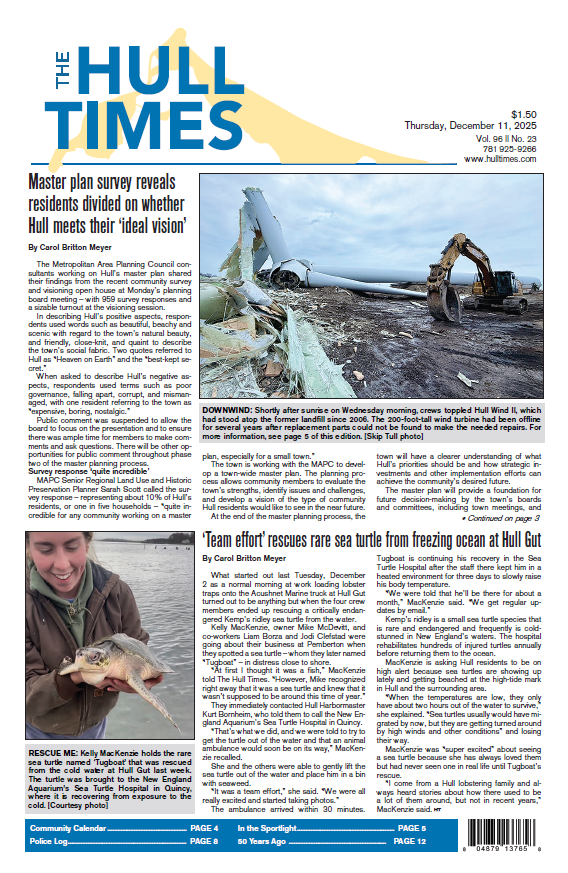DCR-area upgrades to complement creation of improvement district
/By Carol Britton Meyer
The Economic Development Committee continues its work to establish the Nantasket Business Improvement District in partnership with the Department of Conservation & Recreation.
A BID is a special assessment district in which property owners vote to initiate, manage, and finance supplemental services or enhancements beyond those provided by local government.
The goal is to improve a specific commercial area by attracting shoppers, diners, customers, and other businesses to the area, and involvement of the DCR is essential for the process to move forward.
The town was earlier awarded a $15,000 Massachusetts Downtown Initiative Grant, which pays for a consultant who works with the town to explore the possibility of creating a BID, which can provide a sustainable funding source for the revitalization and long-term maintenance of downtown areas and town centers.
In the coming weeks, town staff and the consultant will meet with district businesses and property owners for a status update on the BID process, Select Board Chair Jennifer Constable, who also chairs the EDC, told The Hull Times.
“Most notably, the town is finalizing a partnership agreement with DCR to expend a $250,000 earmark for economic development specifically for immediate improvements to the Nantasket Beach boardwalk area, including replacing and improving street furniture, signage, picnic tables, water bubblers, and benches,” she said, referencing funds designated for Hull in the federal American Rescue Plan Act (ARPA).
This agreement will also establish a collaborative working group, annual work plan, and quarterly meetings.
“The long-sought-after agreement is an exciting next step in building collaboration between the town and DCR to advance improvements in the shared district for the benefit of the entire community,” Constable said.
Hull's BID participants will be asked to submit their desired district improvements in order to establish a budget to inform and create the BID petition, which will be presented for adoption.
The EDC also voted to support the work of the affordable housing committee and submission of an application to the Citizens Housing & Planning Association’s Municipal Engagement Initiative to begin the discussion of affordable housing options in Hull.
In addition, the EDC will be discussing a potential lighting project in town, as well as a marketing campaign consistent with the town’s Local Rapid Recovery Plan, according to Constable.
The won a $30,000 LRRP grant to identify actions that will help communities recover economic losses from the pandemic and provides participating communities with short-, medium-, and long-term recovery goals and actions for moving forward.
The creation of a BID in Hull was among the recommendations in the resulting LRRP report, which also included a focus on parking management and marketing and branding, which the EDC has set as a priority.
“These are the areas we heard the most concerns about from businesses in the proposed BID area,” Constable said earlier.
The EDC plans to make routine improvements to the ArtWalk and Art Garden so that both may continue to be enjoyed by visitors and residents.
“Special thanks to Bill Smyth, Steve Greenberg, and Jim Pitrolo for their commitment to maintaining both spaces,” Constable said.
Under BID status, a special assessment, or common area fee, is levied only on property located within an approved district. The assessments are collected and expended within the district for a range of services and programs, including improving a downtown business area or town center, public relations and marketing, public safety and capital improvements, and special events.
A BID must be a contiguous geographic area in which at least 75 percent of the land is zoned or used for commercial, retail, industrial, or mixed uses. Boston's Downtown Crossing is an example of a BID within a large city.
The LRRP recommendations correlate with the town's Unified Work Plan – approved earlier by the select board as a flexible, “living document” – that integrates eight earlier plans and studies focused on the revitalization of the front beach area and offers a strategy for short- and long-term implementation.












